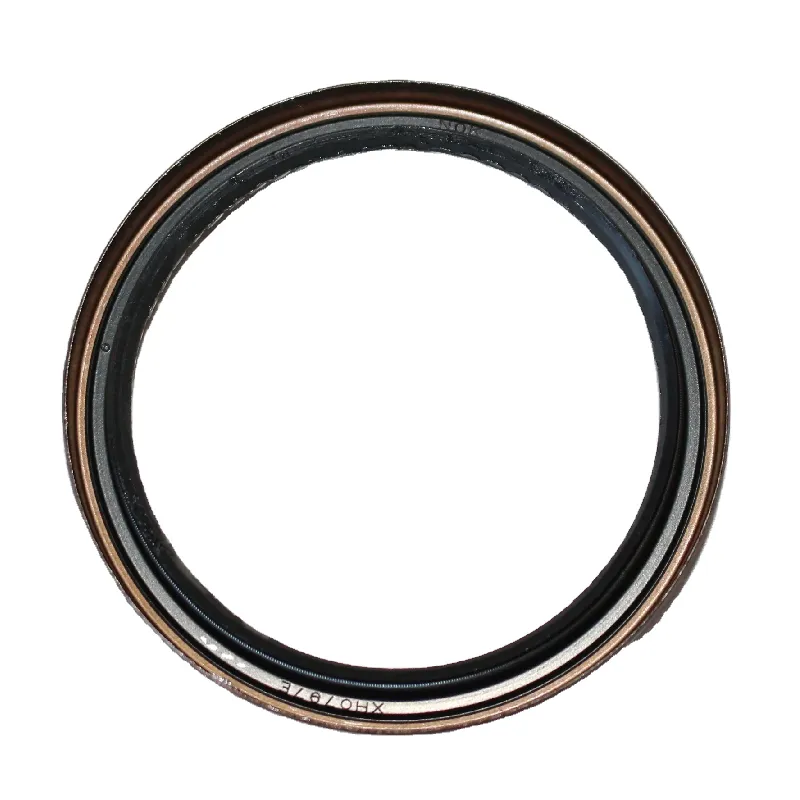Understanding the Importance of Retainer Oil Seals in Mechanical Applications
Understanding Retainer Oil Seals A Comprehensive Guide
Retainer oil seals, often simply referred to as oil seals, play a crucial role in various mechanical systems. These seals are designed to retain lubricating oil within a component while preventing contaminants such as dirt, dust, and moisture from entering. In this article, we explore the function, design, types, and applications of retainer oil seals, shedding light on their importance in machinery and automotive systems.
Function of Retainer Oil Seals
The primary function of a retainer oil seal is to maintain the integrity of oil lubrication within machinery. By preventing the escape of oil, these seals minimize friction between moving parts, thereby reducing wear and extending the lifespan of equipment. Additionally, oil seals are essential for maintaining the efficiency of hydraulic systems, where the containment of fluid is vital for proper operation.
Design and Materials
Retainer oil seals are typically constructed from elastomers such as nitrile rubber (NBR), fluorocarbon (FKM), or silicone, which allow them to withstand varying temperatures, pressures, and chemical environments. The design of an oil seal consists of a flexible lip that creates a tight seal against a shaft or housing. This lip can come in different shapes and sizes, adapted to specific applications and operational conditions.
The seal's construction generally features a metal or plastic casing that provides structural support and positioning. This casing can also enhance the seal's resistance to deformation under pressure. In some designs, additional features like springs or dust shields are incorporated to improve sealing performance and durability.
Types of Retainer Oil Seals
There are several types of retainer oil seals, each suited for different applications. The most common types include
1. Single Lip Seals These are the most straightforward design, utilizing a single flexible lip to retain oil. They are ideal for low-pressure applications and offer a basic level of sealing.
retainer oil seal

2. Double Lip Seals Featuring two lips, these oil seals provide better protection against contaminants while ensuring oil retention. They are commonly used in applications where exposure to dust and moisture is a concern.
3. Spring-loaded Seals These seals include a spring behind the sealing lip, which exerts consistent pressure on the shaft, ensuring a more effective seal. This design is advantageous in high-speed applications.
4. Metal-clad Seals Constructed with a metal casing, these seals offer enhanced protection against external forces and are typically used in more demanding environments.
Applications of Retainer Oil Seals
Retainer oil seals find application across various industries, including automotive, aerospace, manufacturing, and marine sectors. In automotive contexts, they are commonly used in engines, transmissions, and differential housings to prevent oil leakage and protect components from wear.
In the aerospace industry, oil seals are critical for maintaining the performance of hydraulic systems and actuators, where any loss of fluid could lead to system failure. Manufacturing processes, particularly in machinery that uses rotating shafts, heavily rely on oil seals to maintain efficiency and minimize downtime caused by leaks.
The marine industry also utilizes retainer oil seals in several applications, such as in propulsion systems and onboard machinery, where the harsh environments necessitate robust sealing solutions.
Conclusion
Retainer oil seals are integral components in many mechanical systems, playing a vital role in ensuring efficient operation and longevity of equipment. Understanding their design, types, and applications can help in choosing the right seal for various needs. By effectively retaining lubricants and preventing the ingress of unwanted contaminants, these seals contribute significantly to the reliability and performance of machinery across multiple industries. Recognizing the importance of selecting the appropriate oil seal can lead to more efficient operations and reduced maintenance costs in the long run.
-
The Ultimate Guide to Boat Propeller Bearings and Trailer Wheel Bearings
News Jul.31,2025
-
The Essential Guide to Marine Bearings and Boat Trailer Wheel Bearings
News Jul.31,2025
-
The Complete Guide to Heavy Duty Seals: Protecting Doors and Spaces Efficiently
News Jul.31,2025
-
Essential Guide to Marine Shaft Bearings and Boat Trailer Axle Bearings
News Jul.31,2025
-
Comprehensive Guide to Marine and Trailer Bearings for Safe Boating and Transport
News Jul.31,2025
-
Comprehensive Guide to Automotive Oil Seals: Protecting Your Engine and Shafts
News Jul.31,2025
-
Understanding Automotive Oil Seals: Essential Components for Engine and Shaft Protection
News Jul.30,2025
Products categories















